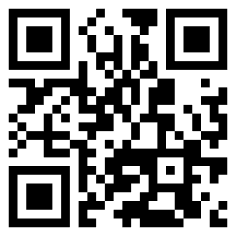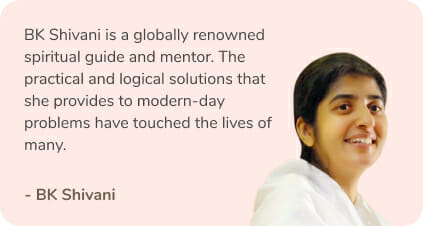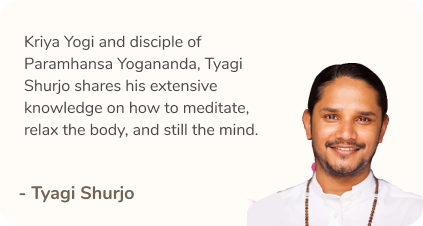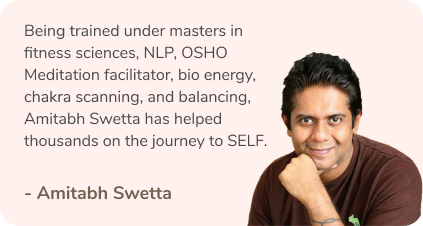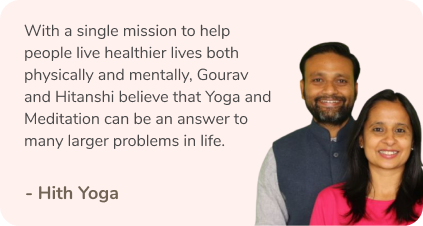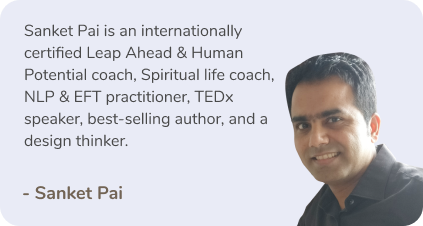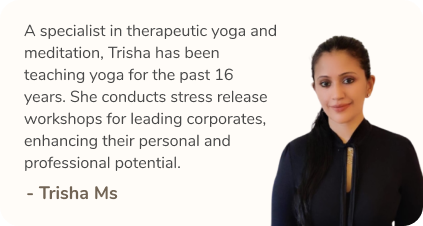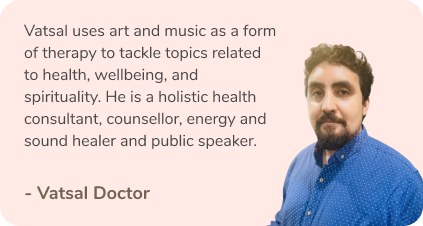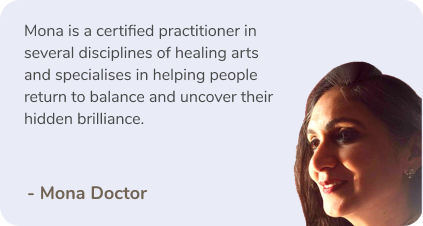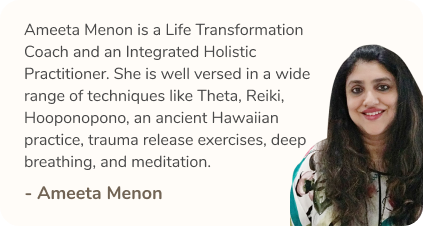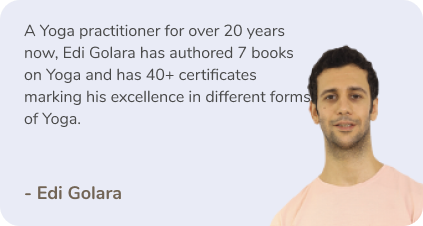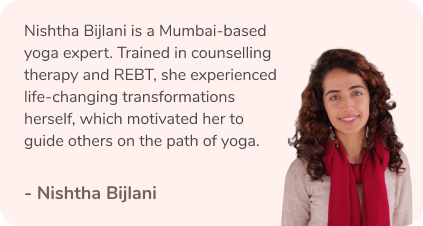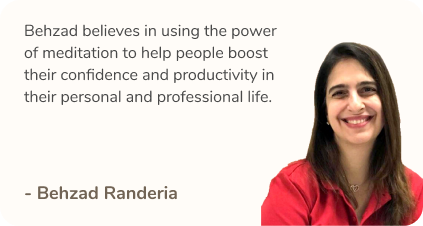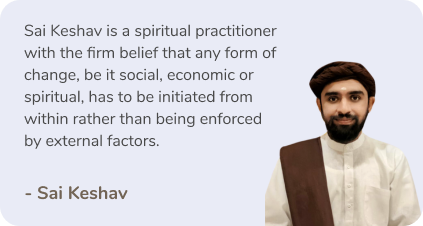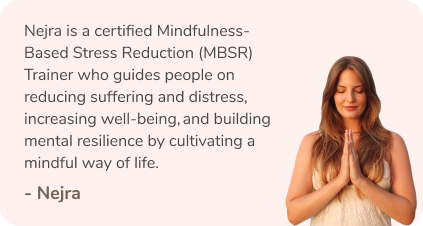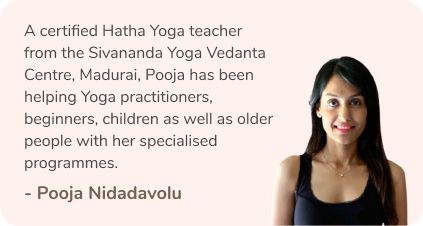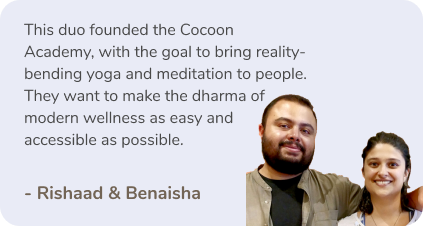Being in the field of medicine, it’s normal if your mind is often pulled in several directions. Thoughts on which patients you’ve already seen, who are on your schedule for the day, the mountain of admin tasks that could be looming over you, and much more. But what if you took a pause – a deep breath to bring you to the present moment? Our list of 5 mindfulness techniques can help you ground yourself.
Everyone has time to take a small mindful moment to regroup mentally. And doing so can be vital for your mental health. It’s not to stop your thoughts and push them away, it’s to create a deeper awareness of them. Mindfulness is a tool that can help medical professionals deal with personal stress while improving focus and concentration, reducing clinical errors. The nature of the work that medical professionals do makes them more vulnerable to intrusive thoughts. By being aware of their inner life, physicians can regulate their mood and stop ruminating.
If you’re looking for a way to focus and reduce anxious feelings, these 5 mindfulness techniques can help you be more mindful towards your daily life and work.

5 Mindfulness Techniques for Physicians
1. Pause and Connect with Your Breath
Set the intention to check in with your breath regularly throughout the day. A silent so-hum meditation while you wait at the stoplight, or in line for your coffee, or a minute before entering a room can help ground you. Just mouth “so” on a deep inhale, and “hum” on the exhale. You can use sound cues to build pauses into your day. Stop and take a breath when you hear the clock striking the hour, or your notification chiming, or your phone ringing. Notice your surroundings in that moment to ground you to the present.
2. Mindfulness Meditation
We’re so in rush to complete tasks that we lose out connection with the present moment. And amidst all this, we rummage through our days looking for peace. Does this happen to you? The solution to this is mindfulness meditation.
Start with breathing meditation – inhaling through your nose and exhaling through your mouth – notice the sensation of relaxation.
Proceed with the task at hand slowly and with full deliberation. Engage your senses.
Notice each sight, touch, and sound. If your mind has wandered from the task at hand, gently bring your attention back.
3. Deeper Awareness of Thoughts & Feelings
A deeper awareness of yourself, your thoughts, and your feelings can not only help you understand yourself but also your colleagues, patients, and others in general, better. It’s about noticing without judgment so that your thoughts can go just as easily as they came. Taking a moment to ask yourself, “How do I feel?” and naming the emotion can help you look at your feelings objectively.
4. Ground Yourself
This advice is quite literally grounding yourself to the earth beneath you. When you are seated or standing, create an awareness of where your feet are, their position on the floor, and their weight against the ground. Balance your weight across your feet and notice any sensations coursing through them. Another way to consciously practice grounding techniques is by walking barefoot. This can be done on grass, sand, or at home, to allow your skin to touch the natural ground to provide grounding energy.
5. Body Scan
Practice a body scan meditation anytime you feel stress or several times throughout the day as a regular practice. If you’re short on time or are in the middle of something but feeling stress or pain in your body, you can practice a shorter version of the meditation by noticing the body part that feels tense rather than moving part by part. This is something you can easily do at your desk in your office or on your commute home. Body scans can especially help when you’re in the middle of a panic episode as they can have a positive overall reduction in stress and decrease the body’s cortisol levels. Doing a full body scan can help you be mindful of your body and redirect your thoughts.

As a physician, it’s imperative that you take time out to be mindful of yourself. This could entail taking regular breaks and going for a walk instead of joining bustling coffee rooms, enjoying your coffee instead of gulping it because you have a lot on your plate, taking the time to eat proper meals instead of skipping and forgetting to eat, and also taking some breathing room between patients.
If you think that this is too much, start by building slowly with these 5 mindfulness techniques. In fact, as we end this article, take a moment to pause – just for 5 seconds – and feel the ground beneath you before you’re on your way to see your next patient.
Read More: 6 Reasons Why Meditation Isn’t Working For You
Like & Follow ThinkRight.me on Facebook, Instagram, Twitter, Pinterest and Telegram to stay connected.

